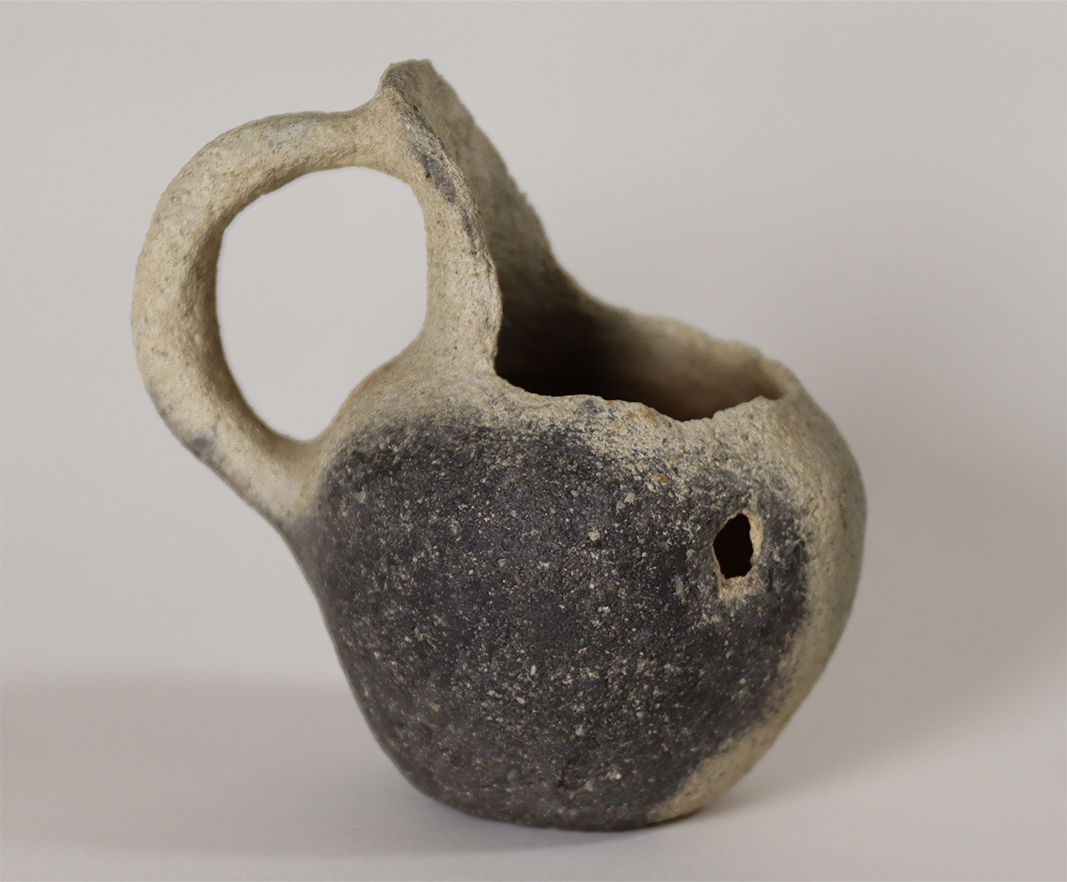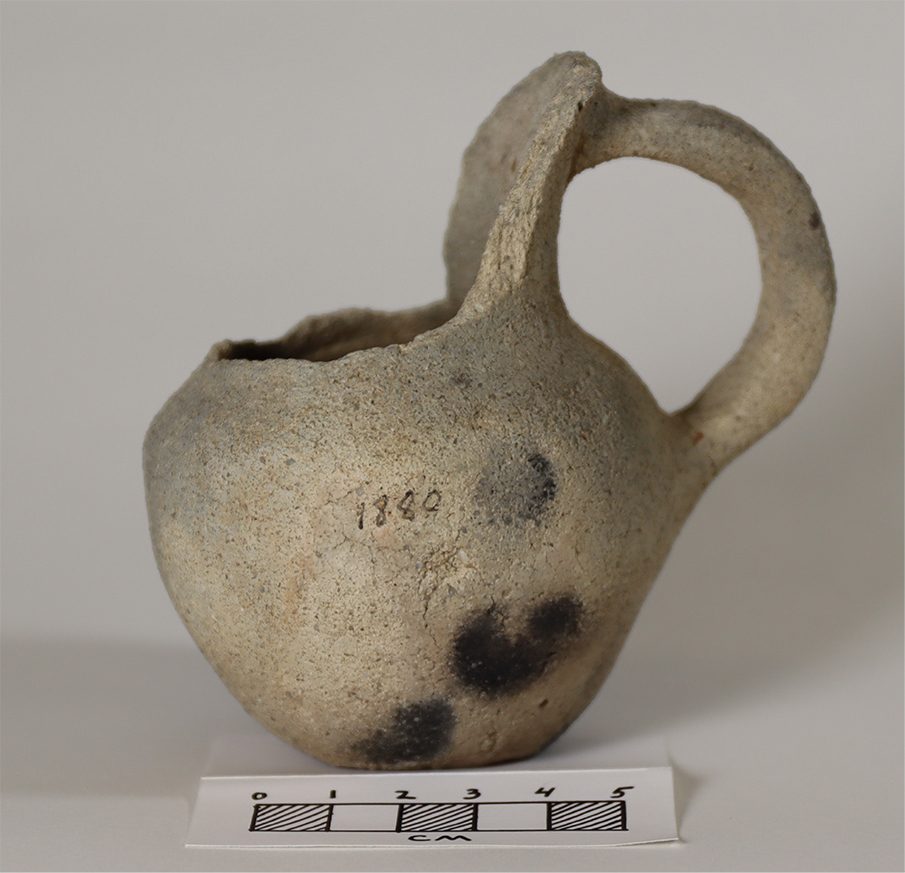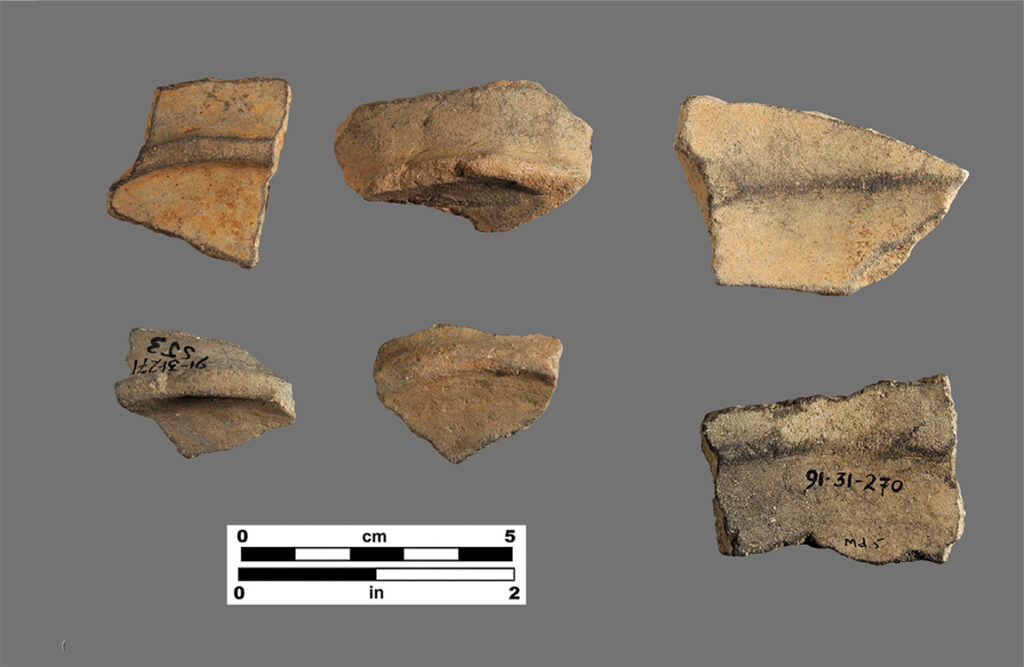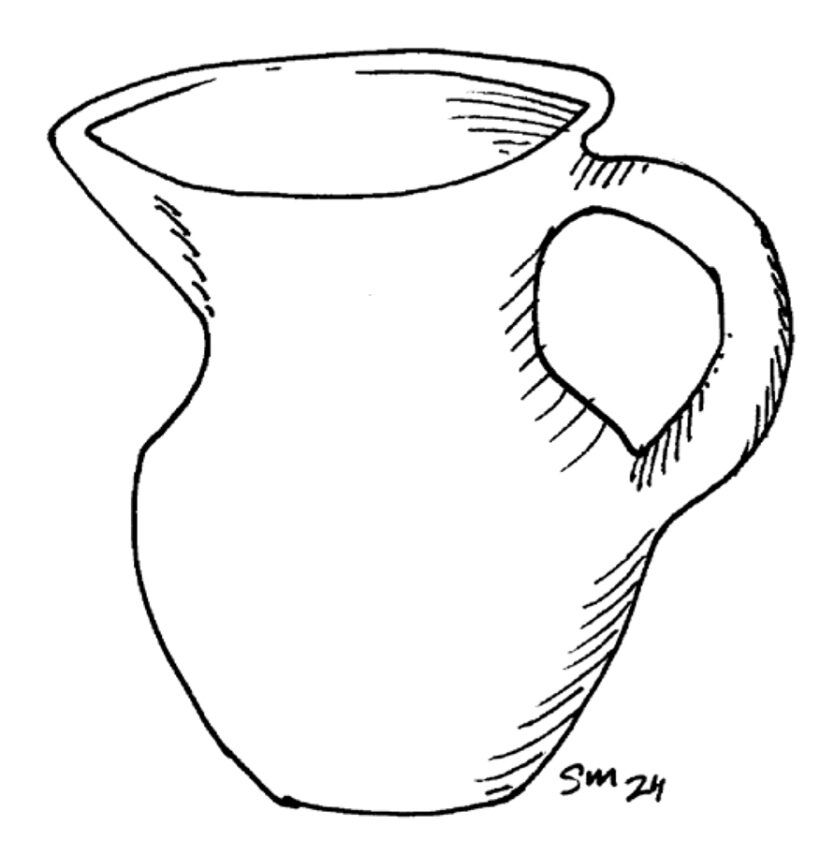Stone tools can tell us a lot about our ancestors or leave us guessing about why the implements were crafted.

Archaeology as a field is fascinating and diverse. It is a science that helps to tell the story of us. Casual observers often think it is the thrill of amazing discoveries, such as treasure or lost cities, that draws people to the field. While exciting finds sometimes make the headlines, like the recent discovery of a lost city in the Ecuadorian rain forest, archaeology is more mundane and rarely involves lost treasure or vine-covered temples.
The strength of archaeological research is twofold: Learning about ancient cultures that existed before written records and helping to understand people who lived more recently but whose story was never included in history books.
During early historic times here in Florida, these groups include Native Americans, women, enslaved people from Africa, free African Americans, creoles or “maroons,” low-ranking Spanish soldiers and poor working-class folks making a living on the frontier.
In rare instances, objects can help us to better understand how cultures mix. The pottery style named Colono-ware is one such example. The term Colono refers to its occurrence during the colonial period (during the 1600s and 1700s). During this time, Native Americans who had lived in the Southeast for thousands of years saw drastic and often catastrophic changes.
 Colono-ware is the result of a mixing of Native American and European, or African and European cultures. In Florida it is typically Native American and Spanish cultures that blend to create this unique ceramic tradition. Further to the north, from the Carolinas to Maryland, it is often the result of African and British or American cultures.
Colono-ware is the result of a mixing of Native American and European, or African and European cultures. In Florida it is typically Native American and Spanish cultures that blend to create this unique ceramic tradition. Further to the north, from the Carolinas to Maryland, it is often the result of African and British or American cultures.
The pottery is made with local clays and Native American coiling techniques but in non-native vessel forms. Examples from North Florida include Spanish forms such pitchers with strap handles, bowls with ringed bases and even candlestick holders.

Sometimes the culture mixing involved enslaved people. Examples from the Carolinas have been found to include religious symbols from West Africa (Gabon and Angola). These pots are also made with coiling techniques unique to African pottery (but from local clays).
In Florida, many historians believe this pottery was made by Native American women (traditionally the potters in a community) at the request of Spanish colonizers to help supply tableware on the Spanish frontier. There are also theories about indigenous women marrying Spaniards and creating a new hybrid ware for the home based on local pottery traditions and European vessel shapes.
Several Spanish mission complexes existed along the Ocklawaha River from about 1609 to 1656. The missions were centered at prominent Timucuan Indian villages, where pottery production was a common occurrence.
In the 1960s, while diving the Silver River, local avocational archaeologist Ben Waller found an unusually shaped small pitcher with a flat base and strap handle, none of which are traits found in local Native American pottery. The pot was clearly very old, was made from local clay and was fired like other Native American pottery, but it was very different.
 While a portion of the rim is missing from the otherwise intact vessel, it is clearly an example of local Colono-ware. The Spanish missions of the 1600s were located just downriver from where the pitcher was found. How it ended up in the Silver River is a mystery, but the object tells a powerful story. This small container bears testament to the merging of two drastically different cultures during a very brief period in Florida history.
While a portion of the rim is missing from the otherwise intact vessel, it is clearly an example of local Colono-ware. The Spanish missions of the 1600s were located just downriver from where the pitcher was found. How it ended up in the Silver River is a mystery, but the object tells a powerful story. This small container bears testament to the merging of two drastically different cultures during a very brief period in Florida history.
By the early-1700s, the Florida missions were mostly abandoned due to disease epidemics and raiding from tribes to the north aligned with the British. The potter who made the small pitcher likely lived at or very near one of the Ocklawaha missions and would have witnessed two worlds colliding. Within a generation or two, most of the Timucuan people were gone and the tradition of making Colono-ware was replaced by the use of European utensils obtained through trade.
The Colono-ware pitcher from the Silver River is on permanent display at the Silver River Museum & Environmental Education Center in Ocala. OS
Scott Mitchell is a field archaeologist, scientific illustrator and director of the Silver River Museum & Environmental Education Center at 1445 NE 58th Avenue, inside the Silver River State Park. Museum hours are 10am to 4pm Saturday and Sunday. To learn more, go to silverrivermuseum.com.






